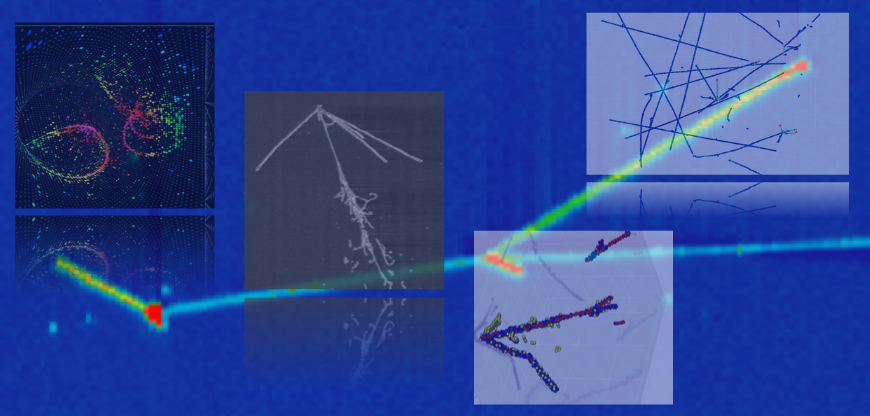Presentation materials
Next-generation experiments in particle physics necessitate immense computational resources. Quantum Machine Learning (QML) could be a potential solution to mitigate these computational challenges. This talk will illuminate recent advances in QML and discuss our efforts to introduce this budding technology to IceCube. I will detail our methodology for translating classical data into quantum...
The Jiangmen Underground Neutrino Observatory (JUNO) is a neutrino experiment currently under construction in China. Its main goals are the mass ordering measurement expected to be determined with a
Coherent elastic neutrino nucleus scattering (CEvNS) off atomic nuclei, predicted over 45 years ago, was recently observed in 2017 within the COHERENT experiment. With its cross section depending quadratically on the number of neutrons in nuclei, CEvNS surpasses all other known neutrino interaction cross sections for heavy elements. This unique characteristic makes it ideal for monitoring...
RED-100 is a xenon two phase emission detector designed to study coherent elastic neutrino nucleus scattering (CEvNS). In 2021-22 it was deployed at Kalinin NPP (Udomlya, Russia) 19 meters from the reactor core. More information about CEvNS and the RED-100 experiment is presented in the talk “The RED-100 experiment” (Dmitry Rudik) while this talk is about reducing specific background...
In this talk, we present Highly Parallel Inference Technique for Monitoring Anti-Neutrinos (HITMAN), an inference tool that combines the extended maximum likelihood decomposition (EML) with neural ratio estimators (NREs) to produce likelihood functions for optical neutrino detectors of arbitrary geometry and material properties. By employing the EML, HITMAN reduces the input dimension of the...



